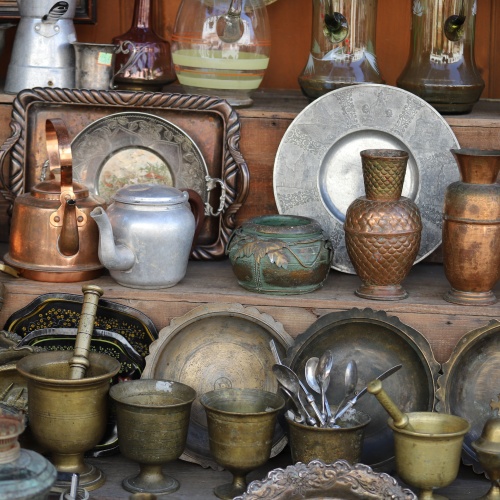Introduction
Brass, an alloy of copper and zinc, is prized for its versatility, durability, and aesthetic appeal. Its properties can vary significantly depending on the zinc content, making it crucial for manufacturers and buyers to understand these differences. Whether you’re selecting brass for industrial machinery, decorative applications, or plumbing components, knowing how zinc impacts its properties can help you make better choices.

How Does Zinc Content Affect Brass Properties?
1. Mechanical Strength
The amount of zinc in brass directly influences its mechanical strength.
Low Zinc Content (5–20%): Brass with lower zinc levels, such as red brass, is softer and more malleable, making it ideal for intricate designs or components requiring extensive machining.
High Zinc Content (35–45%): Alloys like yellow brass have higher zinc content, resulting in increased tensile strength and hardness, which is essential for applications that require durability and wear resistance.
Example:
A jewelry manufacturer prefers low-zinc brass for its ease of shaping and engraving, while a plumbing company opts for high-zinc brass for fittings that need to withstand pressure and wear.
2. Corrosion Resistance
Zinc content also affects brass's ability to resist corrosion.
Low Zinc Content: Alloys with less zinc tend to have better corrosion resistance, making them suitable for environments exposed to moisture or chemicals.
High Zinc Content: While stronger, brass with higher zinc content is more prone to dezincification, a form of corrosion where zinc is selectively leached, weakening the material.
Pro Tip: If corrosion resistance is a priority, consider using low-zinc brass or applying protective coatings.
3. Color and Aesthetic Appeal
The visual appeal of brass varies with zinc levels, making it a popular choice for decorative purposes.
Low Zinc Content: Produces a reddish hue, often associated with antique or classical designs.
High Zinc Content: Results in a bright, golden color, commonly used for modern fixtures and decorative elements.
| Zinc Content (%) | Color | Common Applications |
| 5–20 | Red | Jewelry, antique designs |
| 20–35 | Golden-yellow | Musical instruments, furniture accents |
| 35–45 | Bright yellow | Plumbing, mechanical components |
4. Machinability and Workability
Zinc content determines how easy it is to machine or work with brass:
Low Zinc Content: Provides excellent ductility, ideal for bending and forming.
Moderate Zinc Content (30–35%): Balances strength with machinability, making it the preferred choice for lathe operations and mass production.
High Zinc Content: While harder and less ductile, it can still be machined effectively with proper tools.
5. Thermal and Electrical Conductivity
Brass's conductivity decreases as zinc content increases.
Low Zinc Brass: Retains higher thermal and electrical conductivity, suitable for electrical terminals or heat exchangers.
High Zinc Brass: Prioritizes strength over conductivity, often used in structural applications.
Case Study:
An electronics manufacturer selected low-zinc brass for connectors due to its superior conductivity, ensuring reliable performance in high-precision circuits.
Conclusion
The zinc content in brass significantly affects its strength, corrosion resistance, color, and other properties. Whether you need brass for decorative, industrial, or functional purposes, understanding these differences ensures you choose the right alloy for your needs.
Low Zinc Content: Best for corrosion resistance, aesthetics, and electrical conductivity.
High Zinc Content: Ideal for strength, durability, and modern applications.
Need Help Choosing the Right Brass Alloy?